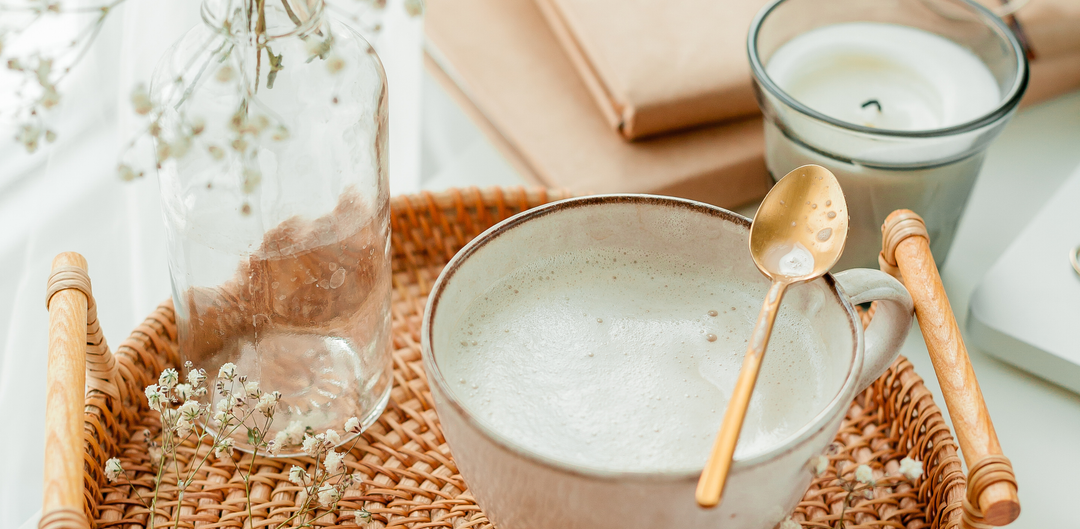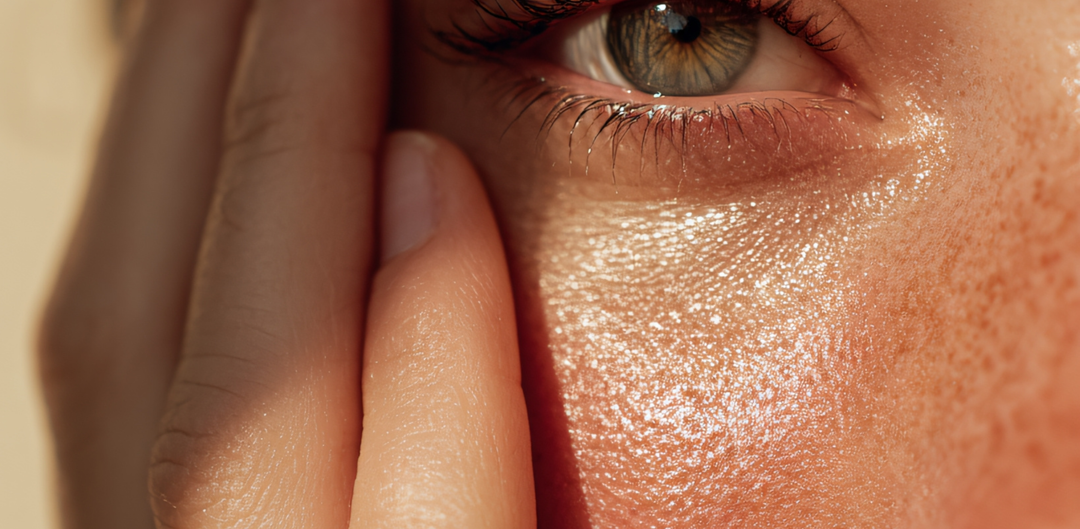Having radiant & healthy skin begins with understanding your skin type. We are all unique & our skin is no exception. Identifying your skin type is crucial for developing an effective skincare routine tailored to your individual needs. Whether you're looking to combat oily skin, hydrate dry skin, or strike a balance with combination skin, this blog will guide you through the process of determining your skin type & help you achieve a glowing complexion.
- Skin Type Categories
Before delving into the specifics, let's explore the common skin type categories:
a. Normal Skin: Balanced and well-hydrated with few imperfections or visible pores.
b. Oily Skin: Prone to excess sebum production, leading to a shiny complexion & possibly frequent breakouts.
c. Dry Skin: Lacks sufficient moisture, can result in some flakiness, tightness & fine lines in drier patches.
d. Combination Skin: A mix of both oily & dry areas, typically with an oily T-zone (forehead, nose & chin) & dry cheeks.
e. Sensitive Skin: Reacts easily to skincare products & environmental factors, leading to redness & irritation.
- The Blotting Paper Test
One of the easiest ways to determine your skin type is the blotting paper test. Follow these steps:
a. Start with a clean face, ensuring you haven't applied any products.
b. Let your skin be as natural as possible for at least 30 minutes to an hour to observe its true state.
c. Take a blotting paper or a piece of tissue paper & gently press it against different areas of your face—forehead, nose, cheeks & chin.
d. Examine the blotting paper:
- If it picks up little to no oil, you likely have dry skin.
- If it shows minimal oil on the T-zone but none on the cheeks, you may have combination skin.
- If the paper is soaked in oil all over, you have oily skin.
- For minimal oil overall & no specific pattern, you probably have normal skin.
- How Does Your Skin Feel After Cleansing?
Pay attention to how your skin feels after cleansing:
- If your skin feels tight & uncomfortable, it is likely dry.
- If it feels refreshed & balanced, you likely have normal skin.
- If it feels tight in some areas & oily in others, you may have combination skin.
- If your skin feels oily and greasy, you likely have oily skin.
- Observe Pore Size
Take a close look at your pores:
- If your pores are small & barely visible, you probably have dry or normal skin.
- If your pores are large & noticeable, especially on the T-zone, you may have oily or combination skin.
- Check for Sensitivity
Consider whether your skin is easily irritated:
- If your skin frequently reacts to new products with redness or itching, you likely have sensitive skin.
Once you determine your skin type, you can tailor your skincare routine accordingly & select products that address your specific needs. We specifically love to layer products like the SkinTonic Face Oil & the Restoring Good Night Crème for those with dry skin at night time, while those with normal or oily skin may prefer to use just one. If you have combination skin you could even experiment with applying a little bit of extra crème to your drier patches for a moisture boost!
Remember that skin can change with age, seasons & lifestyle factors, so it's essential to reevaluate your skin type periodically & adjust your regimen accordingly. The methods above are only suggestions, it can take time & experimentation to truely understand your skin - skincare is a journey!
If you would like to read more about how to achieve glowing skin, check out our post on oils to try for a radiant complexion!





